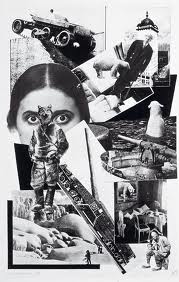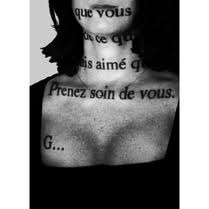1) What are Typologies?
Typology is a study of
types. In photography it is the systematic, accurate recording of places,
people and things (to create pure a document, just the facts nothing else). The
series of photographs usually taken in a similar way (angle, lighting,
composition, framing) which enables comparison of the subjects.
 |
| Bernd & Hilla Becher |
2) What was “The Face of The Times”?
August Sander was a
German commercial portrait photographer who in 1929 published his selection of
the portraits under the title ,,The Face of The Times’’. His human typology used a system of categorisation
based on 7 social types and focused on functionality of the individual in
society. He presented these images as strict documentary however each of them
have a meaning behind it that you couldn’t talk about at the time when they
were created (chaos in Germany during the period of post war).
 |
| August Sander |
3) Which magazine did Rodchenko design?
Rodchenko designed the
“URSS en construction” magazine. He was a master of photo- montage who
introduced a new way of seeing. This radical photographic style was combined
with cutting edge graphic to create political propaganda.
4) What is photo-montage?
Photo-montage is a
graphic technique which has been taken from cinema montage. It’s composition
obtained by cutting, posting, retouching
separate photographs and
re-photographing very last outcome. The final piece has a different and
stimulated meaning more than the original
photographs.
5) Why did Eugene Atget use albumen prints in the
1920’s?
Albumen prints were used
to print in the sunshine not in the darkroom. For 1920 the technique was quite
old. However Atget didn’t know how to print using modern material and methods.
6) What is solarisation and how was it discovered?
Solarisation was
discovered by Man Ray’s assistant Lee Miller in the late 1920s. No camera is involved
when making this type of photograph. Solarisation is simply a characteristic
effect created by exposing the print or film while is developed to the white
light. It is a surrealistic metallic effect with areas of reverse tones like on
negatives.
 |
| Man Ray |
7) What was the relationship between Bernice Abbott and Eugene
Atget?
Bernice Abbott was an
assistant of Man Ray. Eugene Atget was
also a photographer and his work was inspiring for Bernice Abbott and she
decided to take a portrait of Eugene Atget in 1927.
8) Why was Walker Evans fired from the FSA?
Walker Evans in 1935 was
commissioned to produce propaganda images for the FSA – Farm Security Administration
(the photography program created by American government to deal with the
crisis). The photographs were supposed to show a perfect and idealised society
in America. Evans shaped reality to fit his personal vision but he couldn’t
make that vision fit to the propaganda requirements of FSA. He was sacked in
1937.

























